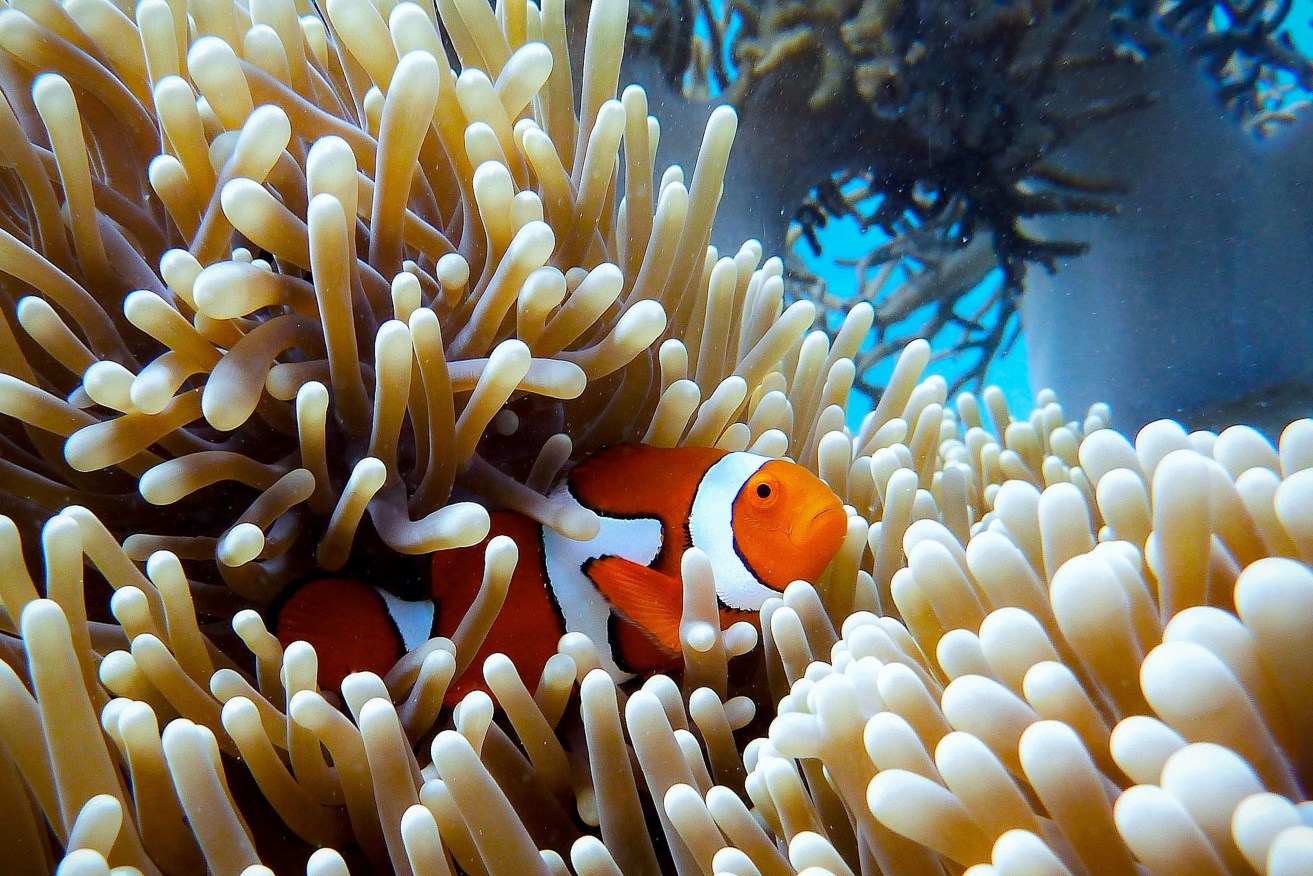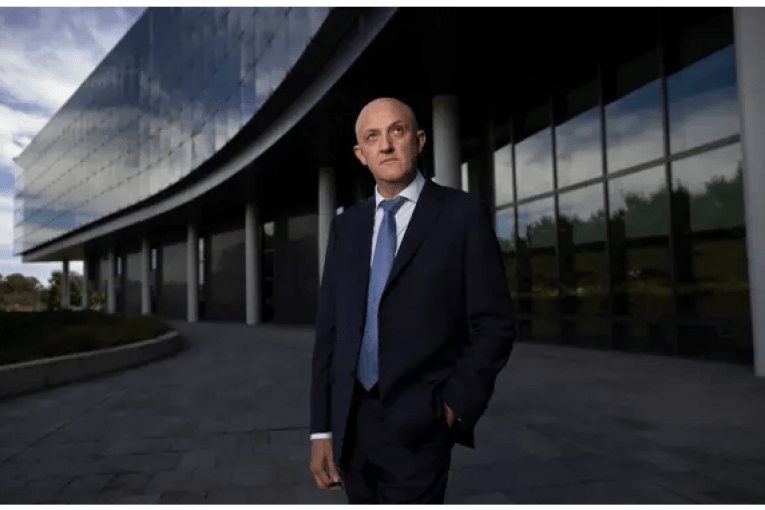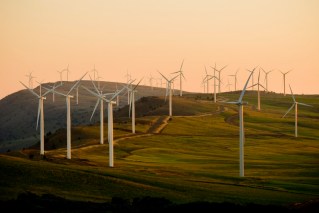Reef rescue: Proud ‘parents’ on hand to watch nursery coral come back to life
Reef restorers are feeling like proud parents after corals grown in Australia’s original offshore nursery spawned for the first time on the Great Barrier Reef.

Australian researchers have been tracking the country's reef populations for more than a decade and say warmer water affects tropical and temperate reef fish communities differently. (Image: Giorgia Doglioni/Unsplash)
Marine biologists from the Reef Restoration Foundation witnessed the dramatic spectacle off Fitzroy Island, near Cairns, on Saturday night.
Some were in the water – literally in the thick of things – when corals reared in the nursery and then planted off the island simultaneously released thousands of pink bundles of eggs and sperm.
The larvae produced will eventually settle on the reef and create new coral colonies, giving a helping hand to an ecosystem in the crosshairs of climate change.
The foundation’s chief executive Ryan Donnelly is elated to finally have proof the system works.
Best of all, the new corals that will result from the spawning are preserving the genetic material of “loose” parent corals that otherwise would have died.
Loose corals are those that have been either completely or partially detached from the substrate of the reef due to disturbances such as cyclones.
Corals that aren’t properly anchored to rock, or other dead corals, can’t grow and inevitably die.
They’re the ones that were harvested, cut up and nursed back to health before being planted about 150 metres off Fitzroy Island in 2018.
The nursery stage saw them attached to tree-like structures anchored to the sea bed but floating in the water column at a depth where they got good sunlight and were protected from predators like the crown-of-thorns starfish.
“It’s a way to make sure they’re not subject to parasite attacks, predation and other threats that exist down on the reef,” Mr Donnelly says.
“We essentially try to accelerate the natural process of recovery and then we put them onto the reef and monitor them. The proof of the pudding was would they spawn? And they have.”
Marine biologist Azri Saparwan, who helped to plant the corals in 2018, was among those to witness the spawning.
“We planted coral cuttings in a degraded patch of reef and these pioneer species have grown to around one metre in diameter, helping to create a healthy and complex habitat for various corals and marine life,” he says.
“Watching our coral babies reproduce for the first time to create the next generation of corals was a beautiful and humbling experience.”
So far about 6000 nursery corals have been planted at Fitzroy Island.
Corals from another nursery at Moore Reef, also off Cairns, will hopefully be planted later this month.
Mr Donnelly says that as the effects of climate change ramp up, the reef is going to need all the help it can get to survive.
“The water will continue to warm. We will have to continue to evolve, continue to collaborate with scientists because climate change is a moving target.”












